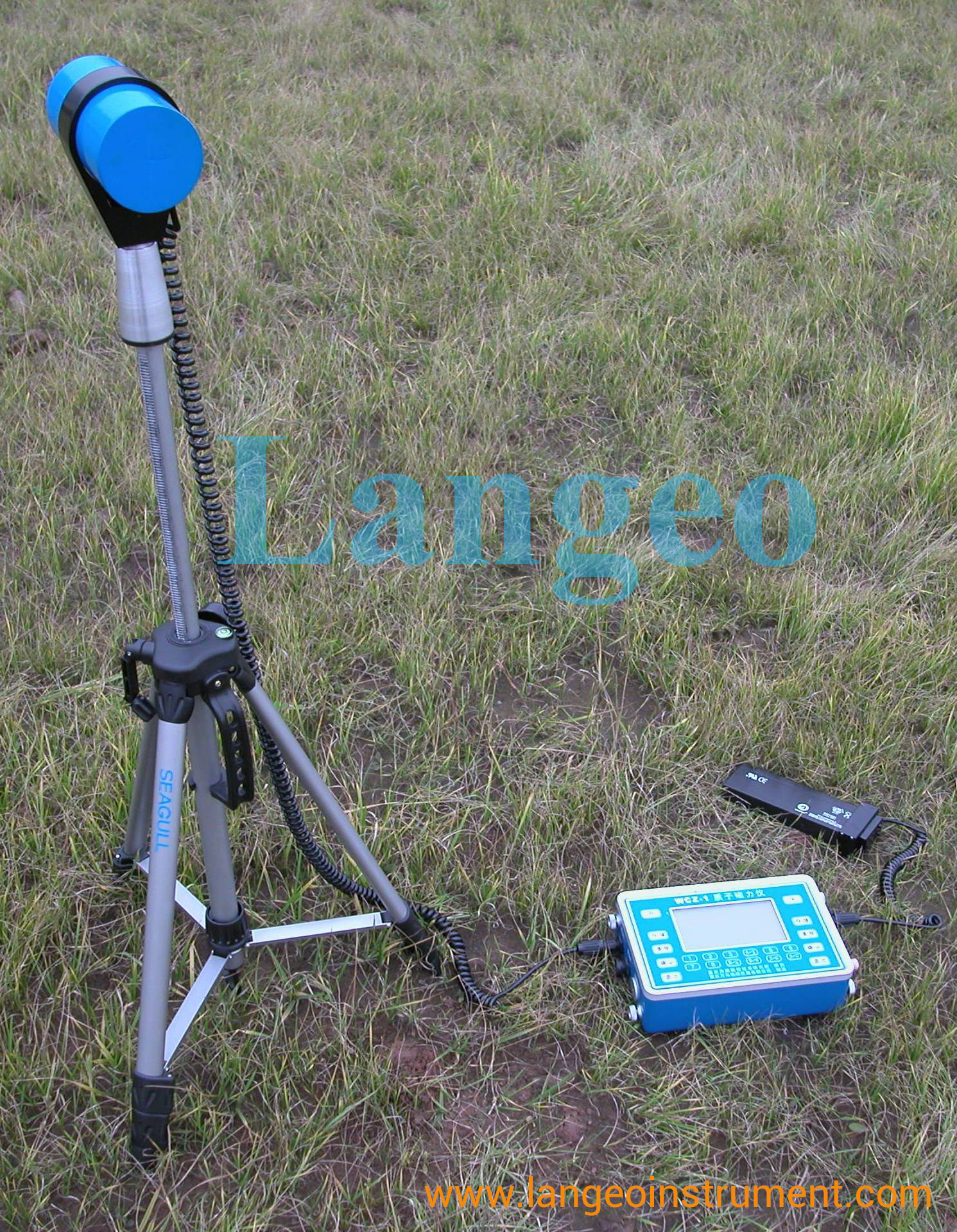What are the 3 working modes of proton magnetometer?
A magnetometer is an instrument used to measure the strength and/or direction of the magnetic field in the vicinity of the instrument. Earth's magnetism varies from place to place due to differing nature of rocks or the interaction between charged particles from the sun and the magnetosphere.
Magnetometers are used in geophysical surveys because they can measure the magnetic field variations caused by rocks and mineral deposits.
They are used in directional drilling for oil or gas to detect the azimuth of the drilling tools near the drill bit. They are most often paired up with accelerometers in drilling tools so that both the inclination and azimuth of the drill bit can be found. Magnetometers are also used to map archaeological sites, shipwrecks and other buried or submerged objects. Magnetometers are also used by satellites like GOES to measure the magnitude and direction of the earth's magnetic field.
Magnetometers are very sensitive, and can give an indication of possible auroral activity before one can see the light from the aurora. A grid of magnetometers around the world constantly measures the effect of the solar wind on the earth's magnetic field.
Proton-Precession Magnetometers:
By far the most commonly used magnetometer in both stationary and mobile modes are proton magnetometers. In these instruments the sensor element is water (or some other liquid containing a large number of hydrogen nuclei eg kerosene or methanol) in a small bottle surrounded by a suitable coil. A strong magnetic field (polarizing field), oriented at a large angle to the earth抯 field direction, is applied by sending a direct current in the coil to displace the protons out of the earth抯 field. When the polarizing field is switched off, the protons, while returning to their original alignment, precess (to re-align themselves with the "normal" magnetic flux density) for a short time around the direction of the earth抯 ambient field. The frequency of this precession is related to the absolute earth抯 field through a well known constant, - the gyrometric ratio of the proton. The measured frequency divided by the gyrometric ratio gives the value of the earth抯 total field.
An important advantage of instruments constructed on this principle is that orientation of the sensor is not critical. The only requirement is that the polarizing field should make a sufficiently great angle with the direction of earth抯 field. Also, in contrast to the flaxgate magnetometers, which can measure the field continuously, the proton magnetometers give a series of discrete measurements at intervals of a few seconds because of the polarizing and relaxing time taken by the protons.
The 3 working modes of proton magnetometer includes:
1) Base station mode

2) Walking mode
The image shows a back-pack mounted configuration with console, sensor, supporting poles, cables..
3) Horizontal/Vertical gradient mode


